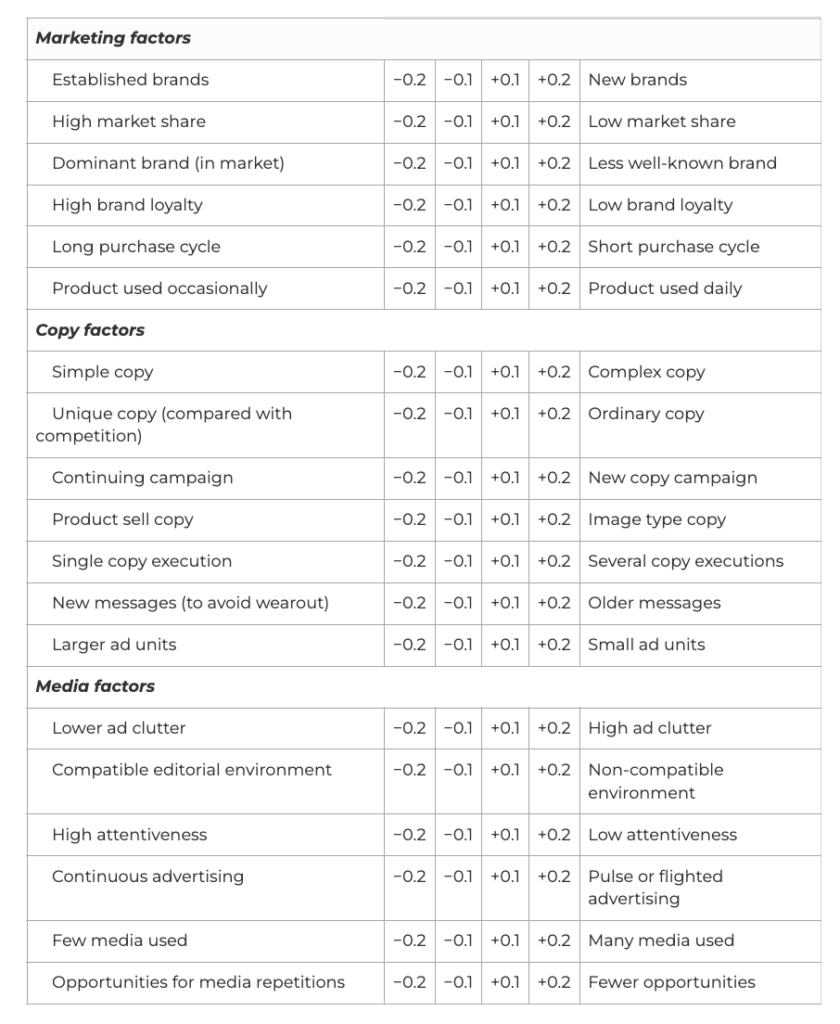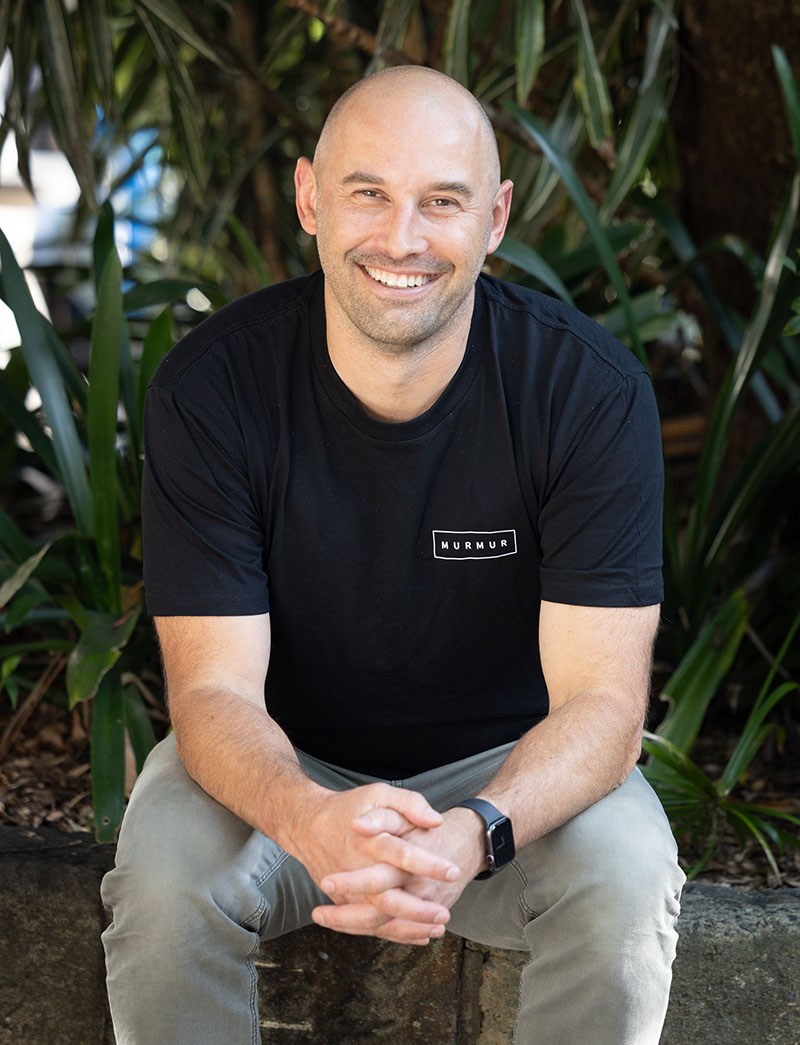To complete the Ironman in under 12 hours.
To do all 3 stages under that time certainly wouldn’t be a walk in the park – and breaking each segment of the event down I started to think whether I could actually achieve such a feat given I had never completed any kind of triathlon before, my arse sank like an anchor whenever I went swimming, and my most recent athletic endeavours seemed to be lifting jars at the pub.
Needless, the goal had been set. As excitement quickly faded, a question lingered in my head that I couldn’t shake – how much training could get me to my goal?
The other lads had been pondering the same thoughts around training, and after numerous conversations, debates, and beers between the three of us, we each set out on our journey.
Ultimately, the 3 of us completing the event each chose a different training method. One of us bought a training program from an online Ironman coach, one of us joined a triathlon club, and one of us winged it. Three different approaches, three different methods.

Frequency is not black and white
Marketing campaigns live and die by the numbers. I am of the church that believes marketing falls more in the latter – rather than the former – of the phrase ‘marketing is an art & science’.
Marketing no longer inhabits the world of Don Draper – if it ever did – where a flashy presentation and smooth talking suit could get you through the meeting and to the long lunch.
When marketers look at their campaigns, when agencies optimise campaigns, and when bean counters decide what budgets to hand their marketing teams next year – there’s a huge array of metrics, and numbers at their disposal.
One of the most common numbers thrown into the review of any campaign is that of frequency. How often has an advertisement been seen by the audience?
If a campaign has 1,000,000 impressions (amount of times an ad is served), and the campaign’s reach (the amount of people that see the ad) is 500,000 – then you have a frequency of 2. In this example, on average, anyone who has seen the advertisement, has seen it twice.
Frequency is never a primary objective of a campaign – I’ve never received a brief from a client that asks for their campaign to have a frequency of at least 3.7. Frequency is one of the pieces that helps you reach your objective.
When it comes to frequency – much like Ironman training – there are different methods, and different approaches.
No approach is better or worse than any other. They’re just… different.


Calculating estimated effective frequency
Ostrow’s model of effective frequency determines that any advertisement should start with a frequency baseline level of three (3) exposures. Brands can then use a variety of factors in the table below – pending where they fall on the axis and scale – to add, or subtract points to this baseline number.
For example, If you are a startup brand, you will add +0.2 to your baseline of 3, giving you an effective frequency score of 3.2, whereas if you’re an established brand in market of say 20 years, you can subtract -0.2 points from your baseline to give you an effective frequency score of 2.8.
To get your estimated effective frequency number using Ostrow’s model, you would then go through every factor adding or subtracting points, until you reach the bottom of the table, and tally the points together – giving you effective frequency.

Drawbacks
Much has changed in music since Pink Floyd released their concept album, and similarly, much has changed in marketing since Ostrow released his concept for effective frequency. The channel mix for brands these days is much more diluted and populated than it was back in 1982, but debate around frequency rages on.
There isn’t an exact science to determine effective frequency. All we have are concepts. Science is merely a hypothesis until it’s disproved, and as marketing is both an art and a science, frequency, and the methods to determine frequency should be no different.
For the Ironman, between 3 of us, there were 3 different goals, and 3 different training methods to get us there. For marketing campaigns – don’t get bogged down in trying to find the ‘right’ method to determine frequency. Focus on your overarching campaign goal, and let frequency help get you there.



